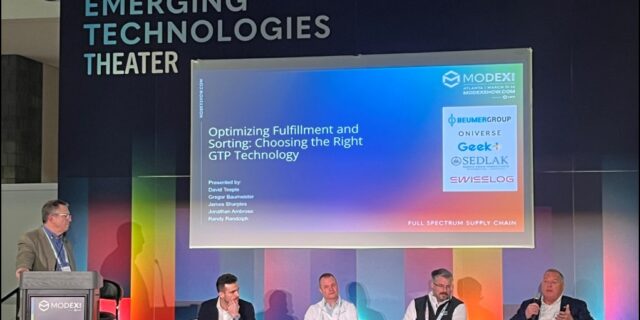How to Handle the New Normal in 3 Steps
September 18, 2020 By: Michael L. Davis | Topics: Operations Improvement, Project Support & Management, Supply Chain So far, Sedlak and several of our clients have been experiencing the effects of the “New Normal” on the supply chain and taking steps to mitigate them. Three of these migitation steps include (1) strategy, (2) project activities & communications, and (3) operational design. The Illustrations below, using Clients X, Y, and Z, are examples of selected mitigation strategies.
So far, Sedlak and several of our clients have been experiencing the effects of the “New Normal” on the supply chain and taking steps to mitigate them. Three of these migitation steps include (1) strategy, (2) project activities & communications, and (3) operational design. The Illustrations below, using Clients X, Y, and Z, are examples of selected mitigation strategies.
STEP 1: STRATEGY
At this time, clients are focused on not only cost and service, but also risk.
Sedlak’s Client X, a healthcare company, was previously using a 3PL for distribution. That entailed using just-in-time concepts so they could hold less inventory. In the New Normal, Client X needs to hold more inventory and incorporate self distribution, which includes their own transportation for delivery routes.
Client X, now in order to hold additional inventory, will incur both cost for the inventory and the facility space. However, Client X can save operational costs because they’re planning self-distribution with improved processes. They can also improve their service-level in terms of cycle-time because the inventory is closer to the end customer. The cycle-time increase allows them to react with more speed and flexibility.
Having more available inventory as opposed to procuring it just-in-time is also a risk mitigation strategy, which is vital during unexpected events such as the New Normal.
STEP 2: PROJECT ACTIVITIES & COMMUNICATIONS
Interactions between Sedlak and our clients have shifted firmly to the digital side as a result of social distancing practices.
We’re currently using Web-based meetings (GoToMeeting, Teams, Zoom, WebEx, etc.) like most companies in this New Normal to conduct most of our client meetings. We’re using cloud-based data sharing and repositories to collect data and communicate project updates. In addition, one of the new strategies we’re also leveraging is observing processes and operations via video/real-time camera-based systems.
Sedlak recently held a virtual kickoff meeting with Client Y to discuss data and the current operational process. We relied heavily on interviewing the client team members and reviewing the operations virtually. On-site meetings and process observations were still conducted (just not as frequently) at the distribution center with the acceptable social distancing practices (temperature checks, face masks, personal hygiene, etc.).
STEP 3: OPERATIONAL DESIGN CHANGES
Sedlak was in the middle of planning a facility for Client Z at the beginning of this year, prior to the New Normal. Part of the plan was to have an office area.
To accommodate social distancing, Client Z sent its office employees home to work. Client Z quickly realized that having a number employees work from home long-term would reduce the amount of new office space needed in the new facility, saving much-needed space on the property.
As a result, Sedlak changed the design plans to have 50% less square footage for Client Z’s office area. This will save Client Z both building footprint and building costs because most of office employees will be working virtually for the foreseeable future.
In general, our operational design process has incorporated more social distancing concepts, such as goods-to-person (GTP), automated storage and retrieval systems (ASRS), and autonomous mobile robots (AMRs) as result of this New Normal, to name a few. These concepts, by nature of the process, incorporate social distancing, but in addition reduce “touches,” travel time and the overall physical activities of key operating process (e.g. put-away, replenishment, picking, packing, shipping etc.).
Sedlak, its client base, and most of the supply chain have definitely been impacted by the New Normal. However, our actions to address these challenges can be long-term opportunities for improvement.





